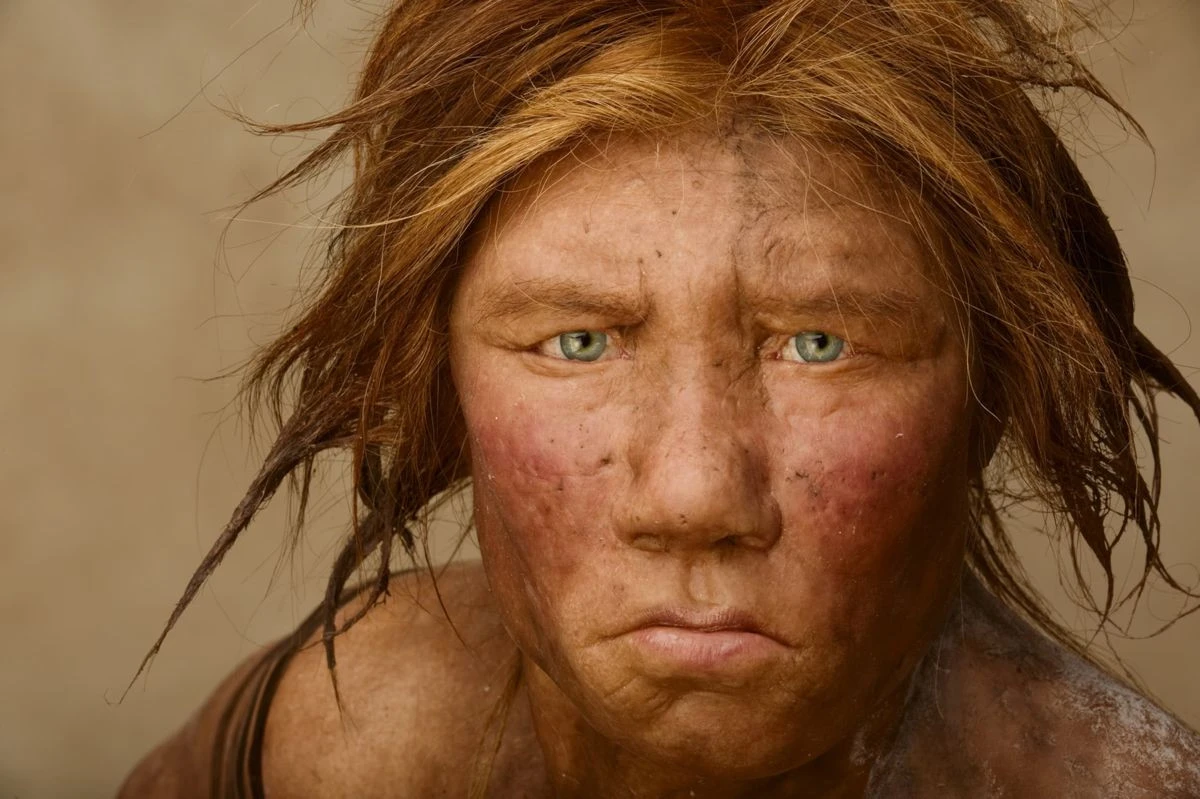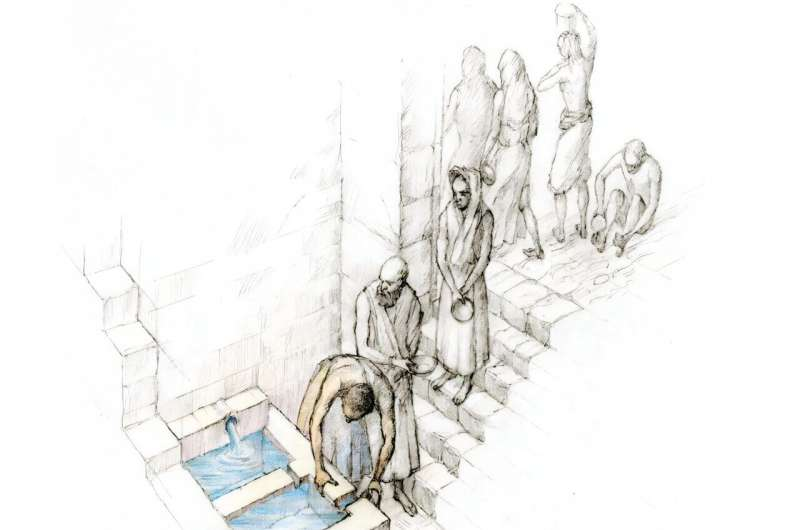The findings suggest that Pierolapithecus shares similarities in face shape and size with both fossilized and living great apes, but it also possesses unique facial features not observed in other apes from the Middle Miocene. This distinct combination of characteristics indicates that Pierolapithecus could represent one of the earliest members of the great ape and human family.
The study's evolutionary modeling revealed that Pierolapithecus' cranium is closer in shape and size to the ancestor from which living great apes and humans evolved. In contrast, gibbons and siamangs, the "lesser apes," appear to be secondarily derived in relation to size reduction.
This research is crucial for understanding the evolutionary relationships between different primate species. Additionally, the study benefits from the rarity of having a cranium and partial skeleton belonging to the same individual ape, allowing scientists to more accurately place the species on the hominid family tree and gain insights into its biology, including its movement patterns in its environment.
However, challenges persist in the study of ape and human evolution due to the fragmentary and distorted nature of the fossil record. Many specimens are incomplete or damaged, making it difficult to reach a consensus on the evolutionary relationships of key fossil apes. Despite these challenges, continued research and innovative techniques enable scientists to unravel the mysteries of our evolutionary past.







